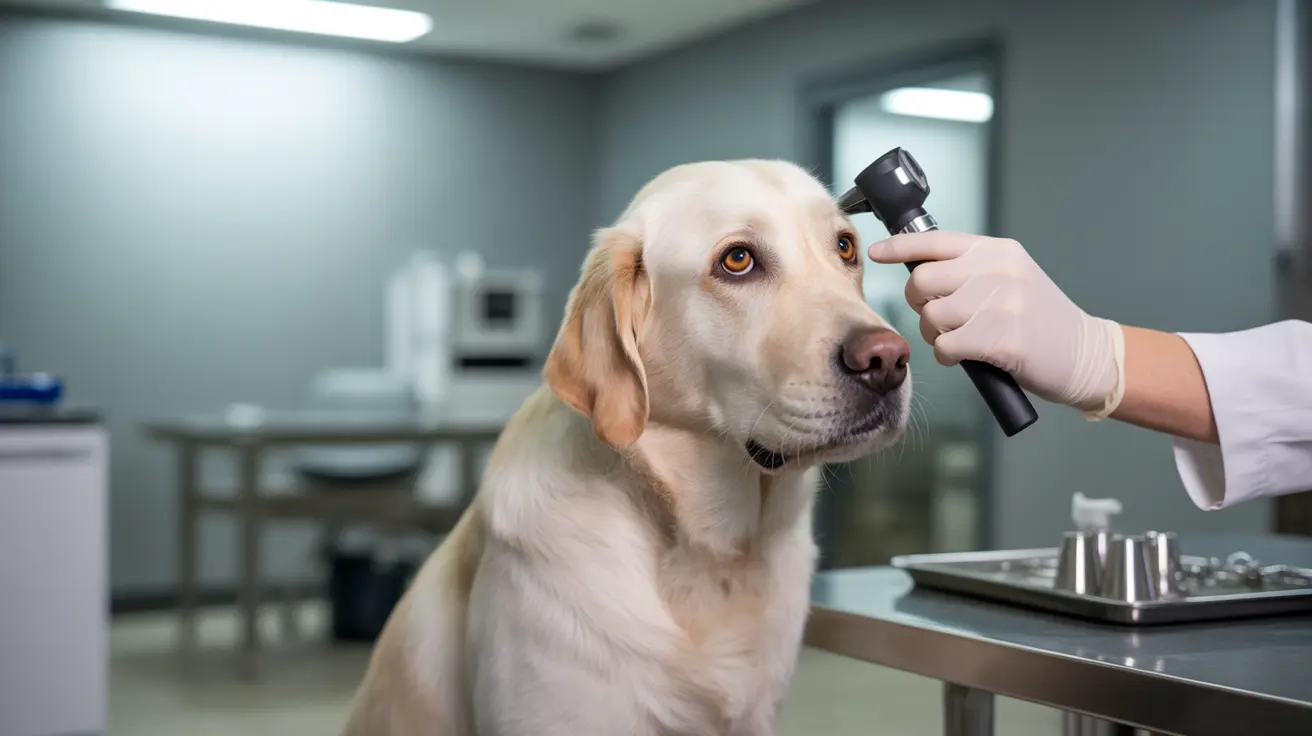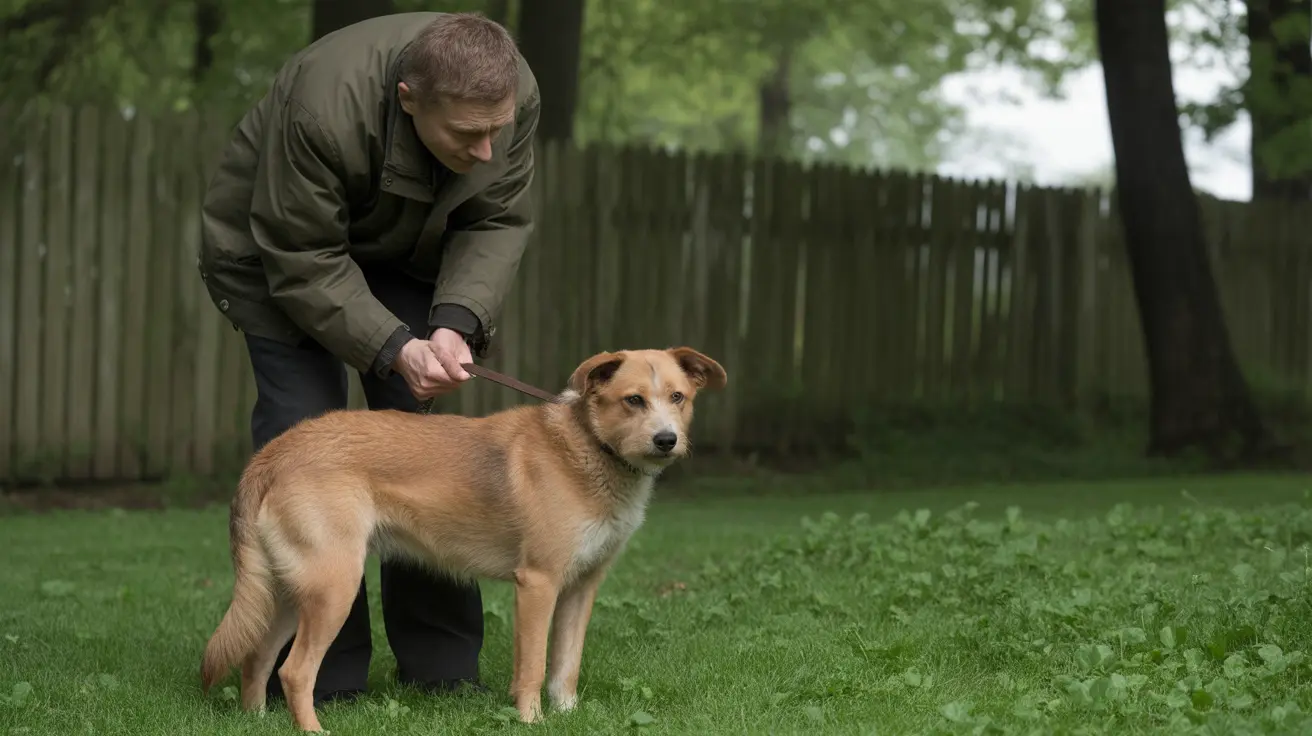Should You Clip a Skin Tag Off Your Dog? Expert Guide
Skin tags are benign growths that many pet owners find while grooming or petting their dogs. Although they are generally harmless, it's important to understand their nature, causes, and treatment options—and why clipping them off at home is not recommended.
What Are Skin Tags?
Also known as acrochordons or fibrovascular papillomas, skin tags are soft, flesh-colored masses attached by a narrow stalk. They commonly appear in places exposed to friction or moisture, such as:
- Neck (often under collars)
- Armpits and groin areas
- Chest and belly
- Legs and in between folds of skin
- Face, near the eyes and mouth
These growths are typically small, matching the dog’s skin tone, and can feel soft, squishy, flat, or firm. Some may grow a bit of hair, but most are hairless. Though unsightly, they rarely pose health issues.
What Causes Skin Tags in Dogs?
While the exact cause isn't always clear, several factors can contribute:
- Aging – More common in older dogs
- Genetics – Breeds like Boxers, Cocker Spaniels, Bulldogs, Miniature Schnauzers, and Beagles are at higher risk
- Friction – From harnesses, collars, resting on hard surfaces
- Skin folds – Areas that rub together
- Hormonal imbalances or viral infections like papillomavirus
Is It Really a Skin Tag?
Before assuming that a skin growth is just a tag, it’s essential to rule out other conditions. Some issues mistaken for skin tags include:
- Warts – firmer and more round
- Cysts – larger and deeply attached
- Ticks – have legs and require removal ASAP
- Moles or nipples
- Cancerous tumors – like mast cell tumors or melanomas
Warning signs that a lump may not be harmless include:
- Rapid growth
- Changes in size, shape, or color
- Ulceration, bleeding, or discharge
- Redness, pain, or irritation
- Repeated licking or scratching by the dog
- Appearance of multiple new tags
In these cases, prompt veterinary evaluation is crucial.
Why You Shouldn’t Clip a Skin Tag at Home
Attempting to cut off a skin tag yourself can lead to several complications:
- Pain and discomfort – especially if not anesthetized
- Infection – from non-sterile tools or incomplete removal
- Bleeding – tags are vascularized and can bleed heavily
- Misidentification – what looks benign could be cancerous
- Delayed diagnosis – inappropriate removal might hinder biopsy
Only a veterinarian should determine whether removal is necessary and perform the procedure using sterile instruments and (often) local anesthesia.
How Vets Diagnose and Treat Skin Tags
Veterinarians often perform a physical exam and may do a biopsy or fine needle aspiration if there’s uncertainty. For growths that interfere with movement or comfort, vets may recommend removal via:
- Surgical excision
- Cryotherapy (freezing)
- Cauterization (burning)
The procedure type depends on size and location and is usually quick, safe, and well-tolerated.
When to Consider Removal
Removal is usually elective unless the tag is:
- Irritated, inflamed, or bleeding
- Infecting or oozing
- Located in high-friction zones
- Causing behavioral changes due to discomfort
In such cases, consult your vet to weigh pros and cons.
Prevention and Monitoring
Some dogs may be genetically predisposed, but you can take measures to reduce risk and catch growths early:
- Regular grooming and skin inspections
- Maintaining a healthy weight
- Cleaning and drying skin folds
- Using well-fitted collars and harnesses
- Providing soft bedding
- Managing allergies or skin conditions
Keep a record of all your dog’s skin growths. Track their size, color, and location to notice any changes over time.
Conclusion
Skin tags on dogs are usually harmless, but self-removal is risky and could harm your pet. Always consult a veterinarian to ensure a proper diagnosis and safe treatment. With regular monitoring and good skin care, most skin tags will not affect your dog’s health or comfort.





